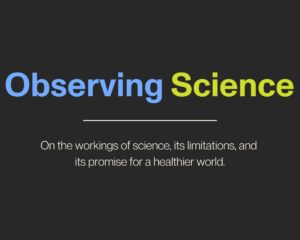The Cost of Waiting
The typical wait between applying for disability services and a response is 150 to 550 days. These long wait times can cause tremendous mental and physical harm to people living with disabilities.

Read Time: 4 minutes
Published:
One in four people in the United States have a form of disability. A majority of people living with disabilities is concentrated in the South. Of everyone with a disability, one-sixth are receiving government assistance to meet their financial and healthcare needs. That is about 14 of 82 million people. Not everyone needs Social Security Disability Insurance (SSDI)—most often it’s those with a mobility disability—but persons who need SSDI are risking their lives during the long wait periods for government approval.
The wait between applying for disability services and a response is typically 150 to 550 days—that’s between 5 months and a year and a half. Disability insurance is designed to provide monetary compensation for those who are unable to earn a living due to the risks work imposes, typically due a long-term medical condition. In the last 10 years, over 100,000 Americans died waiting for disability benefits.
To better understand what people go through while waiting for insurance benefits to kick in, Henry Bundy interviewed 46 uninsured clients at a free medical clinic in South Carolina. All interview subjects were in their 40s and 50s, typically labor workers with incomes below the poverty line. Bundy looked specifically at the cost of the application process and waiting to be approved. Of the interview participants, half had applied to SSDI. Bundy conducted follow-up interviews over the next 2 years with the 23 participants waiting to be approved.
Bundy’s work shows without any assistance during the waiting period, more people will have worsened health and possibly die while trying to find insurance coverage to afford the care they need.
Through the study period, participants waiting for disability benefits worked short-term and sometimes labor-intensive jobs. People are betting against their health (and disability) to survive. And some people lose that bet. One respondent mentioned lifting heavy materials repeatedly as a part of his job. He did it, despite having a serious back injury that caused him severe pain, because he needed the money. His doctors told him he was risking paralysis, but without government assistance, he decided to take the risk.
Another respondent described ending up in the hospital more often when he worked more, eventually becoming unable to work. He said he was “not supposed to be lifting anything, not supposed to be in heat. Not supposed to be walking long distances, …trying to keep [his] legs elevated to help [the blood clots].” But he wasn’t doing any of that. He needed money to live, money to pay bills. He would wind up back in the hospital, “and then out of work for a month, two months. And then behind on child support.”
Bundy concludes the long waits cause tremendous harm to people living with disabilities. And not everyone gets approved, which can lead to a second waiting period. Respondents mentioned how emotionally exhausting the process of waiting years to get healthcare can be, living in fear of having to pay more for their medical conditions out of pocket, living in fear that working at all would disqualify them from the disability insurance they were seeking. One respondent had been waiting 4 years for disability. How many years should Americans wait to get government assistance?
The United States doesn’t have a way to care for the people during the in-between. Bundy’s work shows without any assistance during the waiting period, more people will have worsened health and possibly die while trying to find insurance coverage to afford the care they need.
While not everyone living with a disability needs to receive government insurance, those who do need a streamlined process or something to sustain them while they wait to hear about the outcome. Until then, people will get more severely injured, decrease their health, and potentially die while waiting to hear back.
Photo via Getty Images



